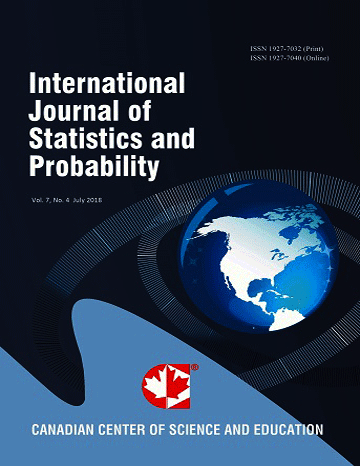Comparing Two Independent Groups: Inferences About the Lower and Upper Tails of the Distribution of D = X − Y
- Rand R. Wilcox
- Carla Sanchis-Segura
Abstract
When comparing two independent groups, a way of getting a more detailed understanding of how the groups compare is to focus on multiple quantiles rather than a single measure of location. There are two distinct approaches regarding how this might be done. The first is to estimate a collection of quantiles for each group and choose an appropriate inferential method for comparing them. This approach has been studied extensively. For example, Doksum and Sievers (1976) derived a nonparametric method for computing confidence intervals for the difference between all quantiles for which the simultaneous probability coverage can be determined exactly assuming random sampling only. An analog of the Doksum–Sievers method was derive by Lombard (2005), which is based on the marginal distributions of two dependent groups. Other methods and applications are described in Wilcox (2023).
Let X and Y denote two independent random variables and let D = X − Y. Note that under general conditions, the q quantile of D is not equal to the q quantile of X minus the q quantile of Y. Methods for making inferences about the median of D have been studied that have a close connection to the Wilcoxon–Mann–Whitney test. Here, four methods are suggested and studied via simulations that are aimed at making inferences about the tails of the distribution D with the goal of providing a deeper and more nuanced understanding of how groups compare.
 PDF
PDF
